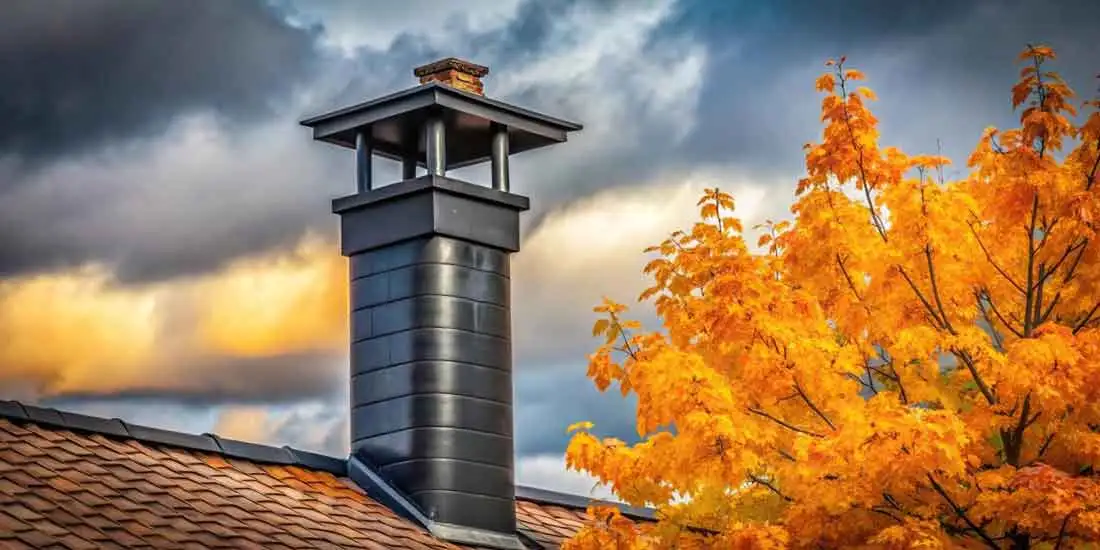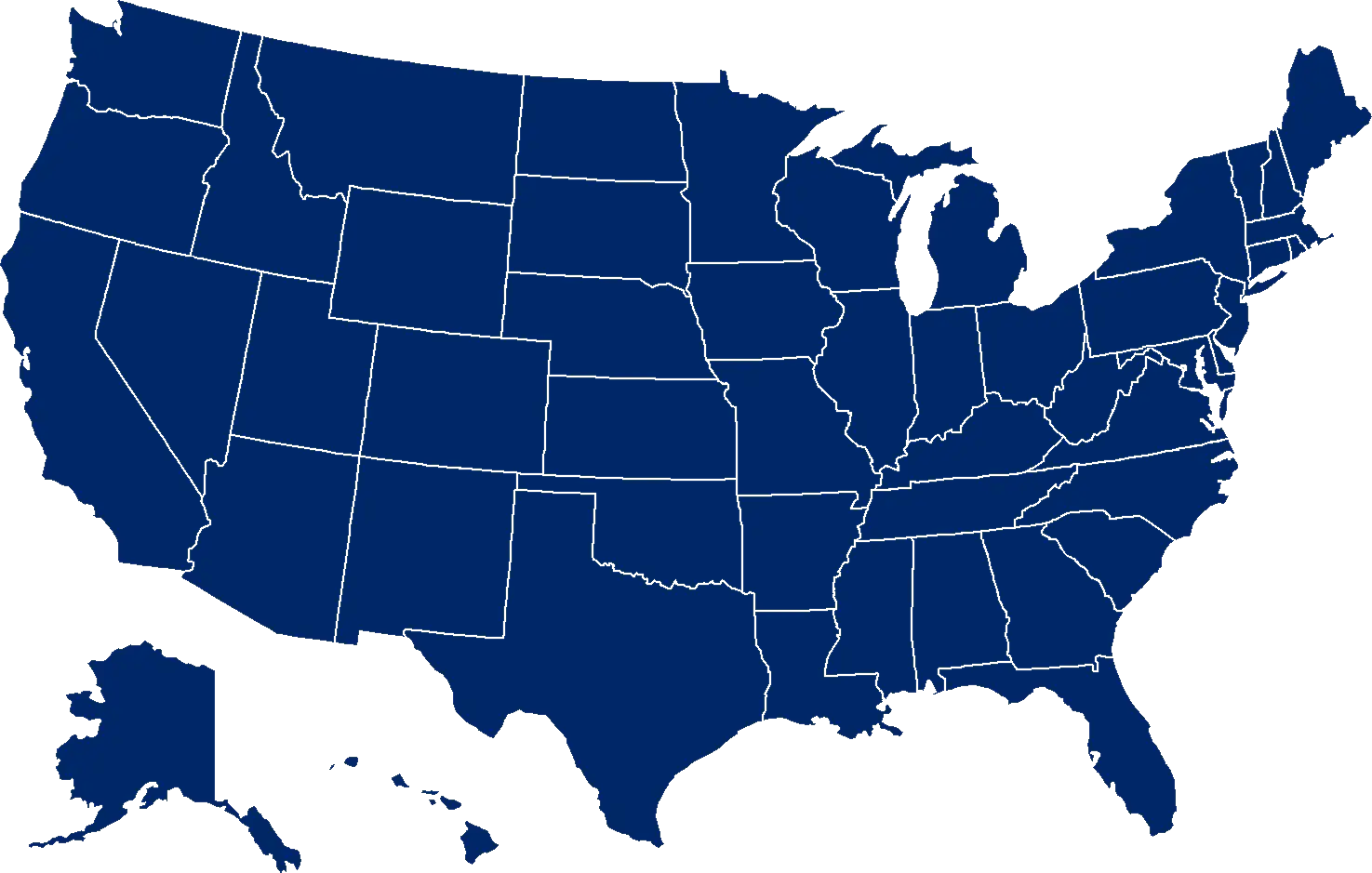Call Us Today

Chimney Liner Services in Boston , Massachusetts:
Ensuring Safety and Efficiency In Boston, Chimney Liner are vital for ensuring the safety, efficiency, and longevity of your home’s heating system. The humid, subtropical climate in the region, along with occasional storms, can create conditions that lead to the deterioration of chimney structures. Regular chimney inspections help homeowners avoid costly repairs and ensure their homes remain safe from potential fire hazards.

Why Chimney Liners are Essential
Chimney liners are typically made of materials like clay, stainless steel, or aluminum, and they serve several important functions:
Chimney liners are essential for safety and efficiency. They prevent heat damage to your home, protect masonry from corrosive byproducts, and improve airflow for better performance. A properly installed liner reduces fire risks and extends the lifespan of your chimney
Why Is Chimney Liner Important in Boston?
Boston, with its tropical climate, presents specific challenges for chimney maintenance. The frequent rainfall and humidity can cause chimneys to deteriorate faster than in drier climates. Here’s why Chimney Liner is especially important in Boston:
-
Protection from Rain: Boston receives significant rainfall throughout the year. Moisture can damage your chimney system over time. Chimney Liner helps prevent water intrusion, rust, decay, and mold, preserving the chimney’s structural integrity.
-
Animal Prevention: Wildlife, including birds, squirrels, and raccoons, often find their way into chimneys. These animals can build nests and block airflow, creating fire hazards. Chimney Liner helps prevent animal entry and keeps your chimney system safe.
-
Reduced Downdrafts: Strong winds are common in Boston. Chimney Liner helps reduce the risk of downdrafts, which can push smoke and carbon monoxide back into your home, compromising indoor air quality and comfort.
-
Debris Protection: Falling leaves, twigs, and debris can clog the chimney flue, especially in the wet season. Chimney Liner ensures proper airflow by preventing blockages and reducing the risk of chimney fires.
Benefits of Chimney Liner in Boston
Enhanced Safety One of the primary benefits of Chimney Liner is improved safety. In Boston’s damp climate, unmaintained or damaged chimney systems can lead to house fires, carbon monoxide leaks, or exposure to harmful toxins. Regular service reduces these risks significantly.
Prevention of Water Damage With frequent rain and high humidity in Boston, water intrusion becomes a serious issue. Services like Chimney Liner help seal or repair vulnerable areas, preventing costly water damage to the chimney, fireplace, or adjacent roofing structures.
Improved Heating Efficiency Whether you're using a wood-burning stove or a gas fireplace, professional Chimney Liner ensures that your system is working at peak performance. This means better heat output, reduced energy consumption, and lower utility bills.
Extended Lifespan of Components Regular inspections, maintenance, and repairs like Chimney Liner protect your investment by extending the lifespan of expensive components such as liners, caps, and dampers. This reduces the need for frequent replacements and major repairs.
Better Air Quality Chimneys and vents that are not properly serviced can accumulate creosote, mold, or soot, negatively impacting indoor air quality. By scheduling Chimney Liner in Boston, you’re keeping the air in your home healthier and safer for your family.
Code Compliance & Property Value Professional Chimney Liner ensures that your chimney or fireplace is up to local building codes, which is important if you're planning to sell your home or undergo renovations. A properly maintained fireplace or chimney also adds to your home’s aesthetic appeal and resale value.
FAQs

Service Cities
And 34 more cities in our service area


